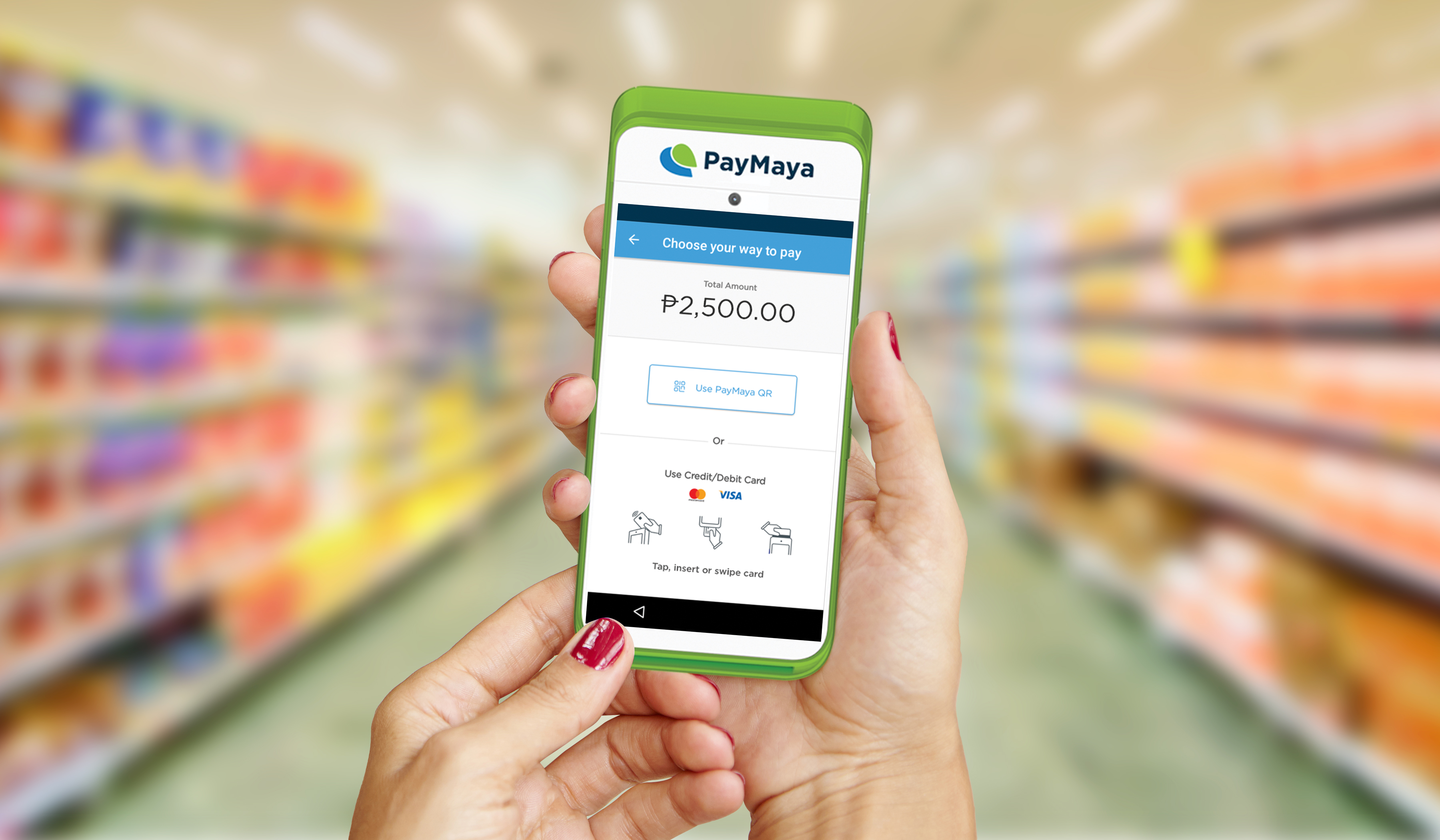
When done right, the retail sales industry can be a rewarding enterprise from both a financial and social point of view. Grocery and supermarket owners who manage their businesses well can do very well for themselves with relatively little risk, while also providing an important service to the communities in which they operate.
However, simply opening a supermarket, grocery, or even a small sari-sari store is not a surefire way to financial success. Smart entrepreneurs must find ways to maximize their earnings, sustain their customers’ loyalty, and seek out new opportunities for growth and expansion. Here are some strategies that grocery or supermarket owners can use to accomplish this.
No matter what industry an entrepreneur operates in, their first order of business should always be KYC, short for “Know Your Customer.” In the context of supermarket or grocery operations, this means knowing which items are fast-moving ones and which ones are high-value but slower moving. Generally, fast-moving items are considered essential items that shoppers must buy, while slow moving items are either luxury items that shoppers pick up as treats for themselves, or unpopular items that should be removed from a purchase order completely.
If store managers know which items their customers consider essentials and which ones are luxuries, they can modify the layout of their physical space so that shoppers have to walk along aisles with high-value luxury items displayed first before arriving at the aisles that feature their essentials. This increases the likelihood that shoppers make an impulse purchase on the way to buying the things they actually need.
Finally, smart store managers will regularly reshuffle the arrangement of items throughout their stores to force shoppers to spend more time roaming the aisles and possibly picking up items they may not have intended to get at first. Generally speaking, the longer shoppers spend on store premises, the more items they’re likely to have in their basket when it’s time to check out.
There’s an old bit of advice for shoppers that goes “Never go to the grocery store on an empty stomach.” This nugget of wisdom comes from the observation that hungry shoppers tend to pick up more stuff, with most of their purchases consisting of impulse buys and items that appealed to them right at that moment.
Sellers can use this information to their advantage. A grocery chain can partner with a food brand to offer in-store cooking demonstrations and product sampling to shoppers. This accomplishes two things: first, buyers’ appetites are fired by the scent and flavor of food, urging them to buy more; and second, new items and options are brought to the attention of shoppers.
One of the biggest causes of cart and basket abandonment just before checkout is a long queue before the cashier. Shoppers get frustrated having to wait for their turn at the counter, and if they aren’t buying a lot of items, they would rather leave their purchases behind than spend their time in line.
Smart store managers must be constantly adjusting the number of checkout lanes open to suit the demands of the number of people inside the store at any given time. They must always keep an eye on the queue; generally speaking, if the queue extends past a fourth shopper, it’s time to open up another lane. Priority lanes for senior shoppers and express lanes for shoppers with 10 items or less should also be available at all times.
Another way to manage queues creatively is by offering convenient payment systems like Maya QR which allows customers to pay for their purchases without needing to pull out cash or cards. All they need to do is scan the Maya QR code using the app on their phone, and they’re set. This dramatically reduces the amount of time spent on each transaction and keeps queues moving smoothly.
The pandemic revealed a glaring need in the Philippines’ retail space: the lack of a dependable grocery delivery service. To keep themselves and their families safe while also keeping fridges full, many customers have turned to third-party apps and shopping services. But while these have seen some success, they also come with additional fees which could serve as deterrents to shopping more.
Smart store managers see the potential in ecommerce and want to leverage that, but they should also look towards controlling as much of that process as possible to ensure shoppers get a great shopping experience online. This means either developing the supermarket’s own app or adding ecommerce functionality and delivery to the supermarket website.
While app and website development have their own attendant costs, these need to be weighed against the potential increase in sales that they provide. Also, to simplify the development and implementation of big projects like this, business decision makers can turn to easy-to-implement solutions like Maya’s Checkout Plug-in, which allows online shoppers to easily pay using their e wallets or payment cards during checkout. It integrates easily with the most widely used ecommerce platforms like WooCommerce, Magento, Shopify, and it has an intuitive design that users won’t find complicated. Card-on-delivery or cashless-on-delivery payment options are available as well through Maya One Lite, a handheld mobile POS terminal that’s fast and easy to use.
Smart store managers must use all the tools at their disposal to make shopping as frictionless as possible. The suggestions here are some of the most effective, if implemented and managed well.
Merchant inquiries:
Maya is powered by the country's only end-to-end digital payments company Maya Philippines, Inc. and Maya Bank, Inc. for digital banking services. Maya Philippines, Inc. and Maya Bank, Inc. are regulated by the Bangko Sentral ng Pilipinas.
www.bsp.gov.ph